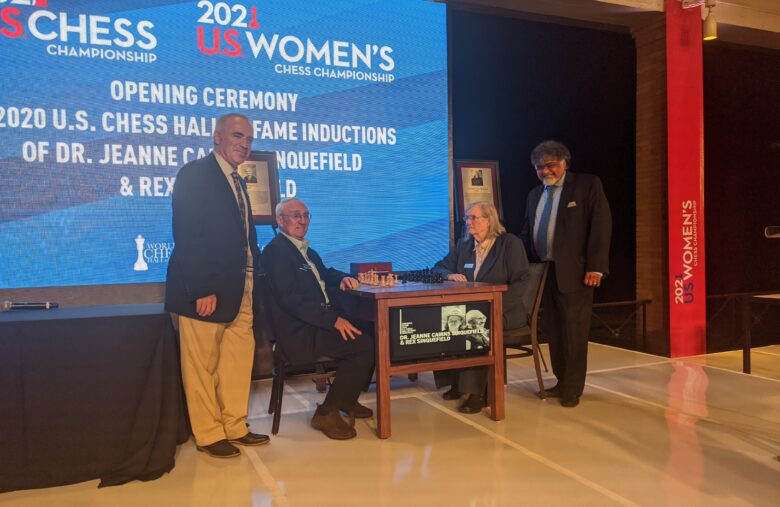 My elementary school, though I’m not sure they offer chess instruction. Photo: ThisIsTheBronx.info
My elementary school, though I’m not sure they offer chess instruction. Photo: ThisIsTheBronx.info
We have been blindsided by a pandemic that has changed our lives. Schools have a tough road ahead — positive outlook notwithstanding.
Parents are concerned about sending their children back to school; teachers are nervous about returning as well. Not that I blame them.
Let’s imagine what effect all of this will have on chess over the next year or two.
I expect a lot of schools to seriously cut down or eliminate their chess programs for awhile, as they are not “core” subjects.
The elevation of chess to mainstream respectability has transformed this industry, especially the rise of chess in charter schools. I fear COVID-19 will cost us years of progress.
Scholastic tournaments?
Huge, in-person Swiss tournaments with hundreds of children and parents will likely be on hold for a long time to come. I do think tournaments will return quicker than anticipated, however — albeit in a different form. To understand why, we have to look at “tournament economics.”
8-section, 200-player tournaments are more expensive to run than smaller events. Organizers have to spend more money in staffing and especially prizes (trophies and medals). They may also need to pay for more space, depending on the agreement they have with the host school.
More prizes than ever are awarded in scholastic tournaments. Naturally, this has raised entry fees significantly over the years. In the next year or two while the virus keeps things uncertain, organizers can put a hard cap on entries and control expenses for prizes and staff accordingly.
I also expect more smaller events to emerge, especially quads.
An organizer can take a max of, say, 32 entries (8 sections of 4 players each). For this they might only need one tournament director to assist them. A group of quads is much easier to manage than a big Swiss, so a good TD could be persuaded to work for less than their “Swiss” rate.
It’s like comparing a stroll in the park to an uphill run!
Anyway, the organizer can charge an entry fee of $30 or $40 per player, and pay half of the fees collected in cash prizes to first and second place in each quad.
Alternatively, the organizer could charge $30 per player and award trophies to all players. This would be more appealing to primary (K-3) students.
These are examples, but very easy to make a reality if an organizer has the necessary space.
Post COVID-19 realignment?
It will be interesting to see what the scholatic chess landscape will look like post-pandemic … especially in major markets like New York City.
I predict smaller programs and tournaments for a few years. I also expect less students to take chess lessons in the near future.
How many chess professionals will leave our industry under these conditions, and who in, say, 3-5 years time, will step in to fill the void?
Leave a comment and share your thoughts!
